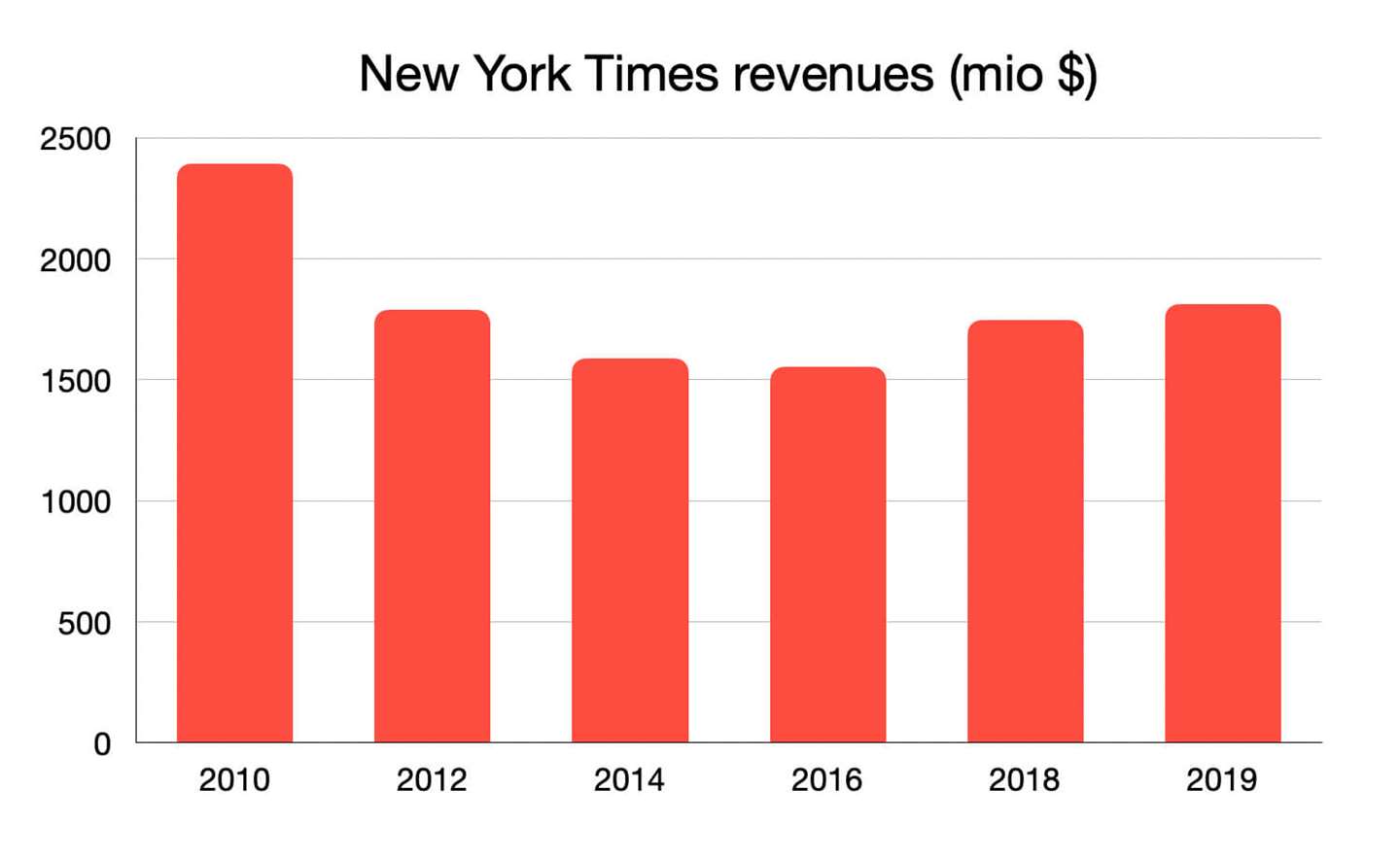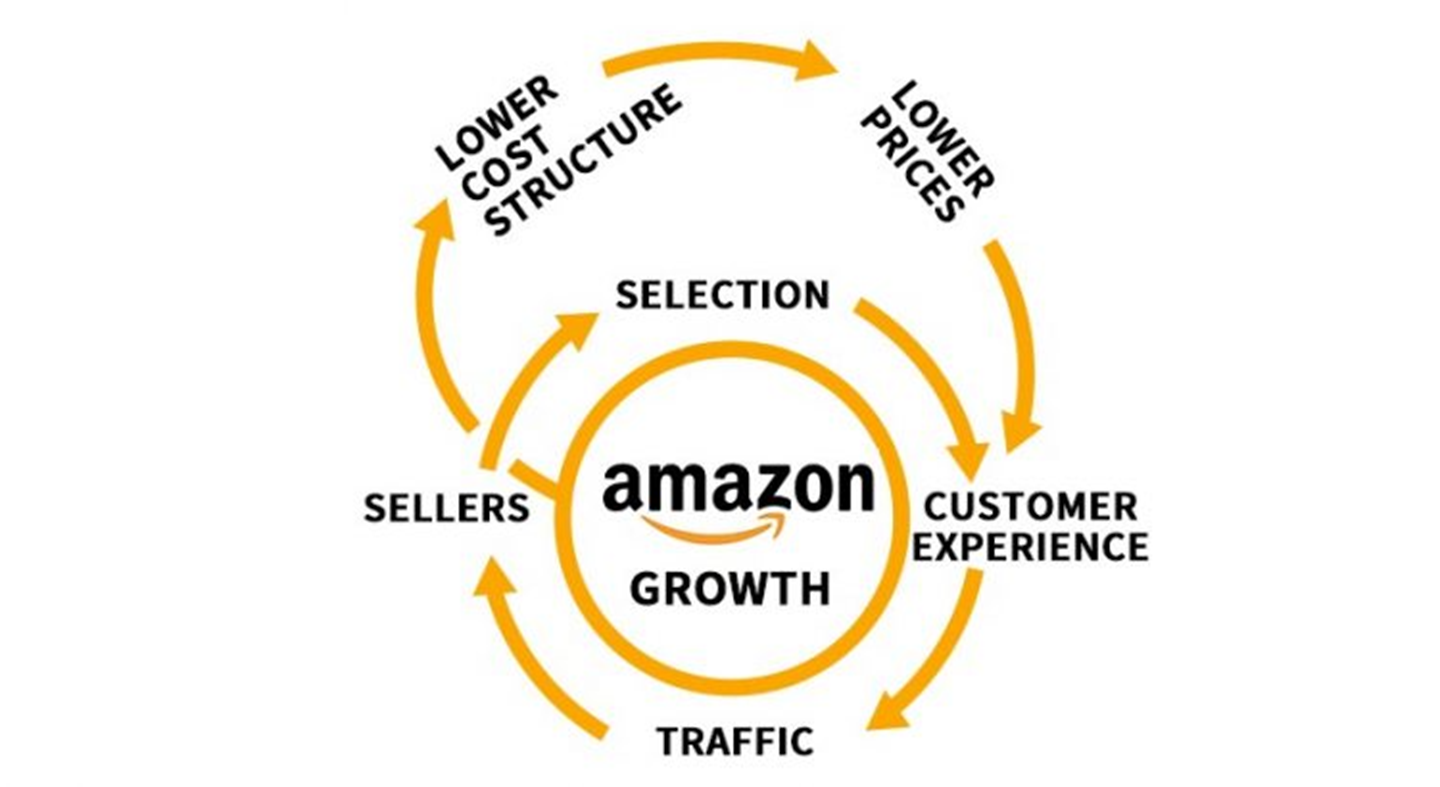The New York Times is the most cited case of success, Jill Abramson describes in Merchants of Truth the turnaround the newspaper went through. Including the struggle with newcomers such as Buzzfeed, Vice and Facebook. But the NYT came out stronger than ever, with over 6 mio online and 830.000 print susbscribers, by far the largest readership in the USA. And a healthy profit, the last quarter it reported $56,5 mio. By hiring Ben Smith, founding editor of Buzzfeed, it also showed its win over the new boys on the block. No better demonstration that the best old skool media brand had become the best new media.
More positive news comes from The Washington Post, the storied newspaper owned by Amazon founder Jeff Bezos. At Amazon Bezos applies the flywheel model to make his company profitable. (Brian Dumaine describes this model in his book Bezonomics). The use of new digital technologies like AI is part of keeping the flywheel spinning. He must have applied this to the Washington Post as well given the newspaper had become profitable in 2016, only three years after he had bought it for $250 million.






